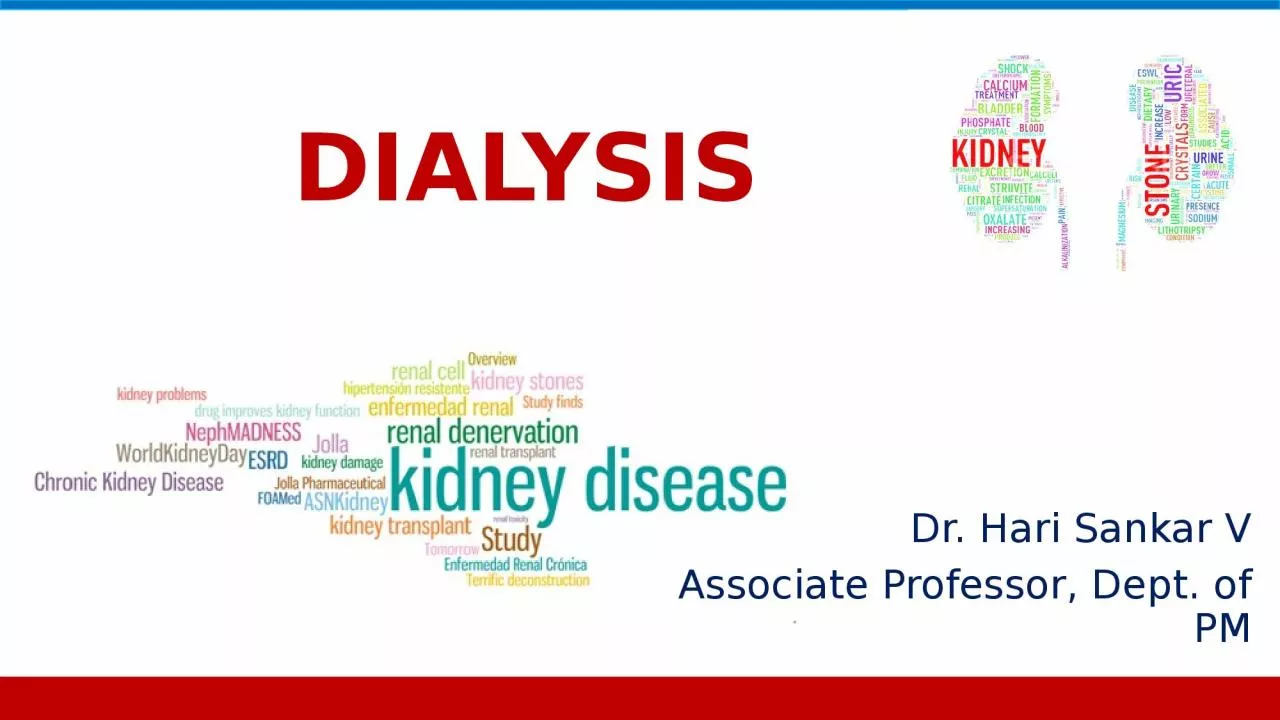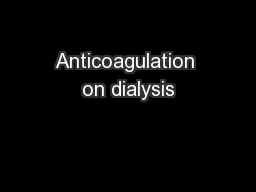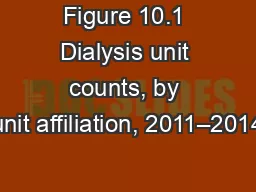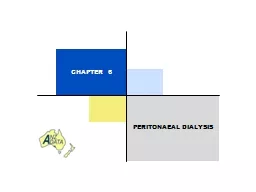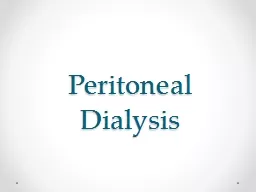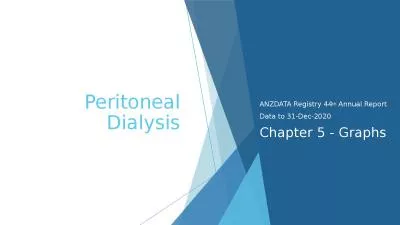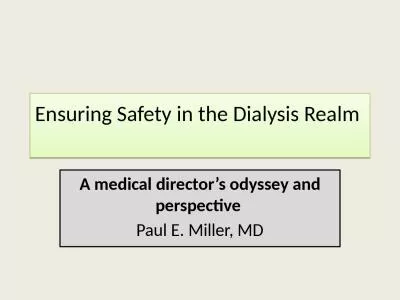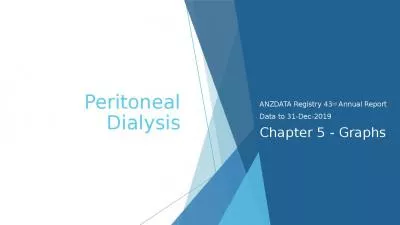PPT-DIALYSIS Dr. Hari Sankar
Author : roberts | Published Date : 2022-06-18
V Associate Professor Dept of PM There are broadly two forms of dialysis namely Peritoneal dialysis Hemodialysis Either of them can be used as a shortterm measure
Presentation Embed Code
Download Presentation
Download Presentation The PPT/PDF document "DIALYSIS Dr. Hari Sankar" is the property of its rightful owner. Permission is granted to download and print the materials on this website for personal, non-commercial use only, and to display it on your personal computer provided you do not modify the materials and that you retain all copyright notices contained in the materials. By downloading content from our website, you accept the terms of this agreement.
DIALYSIS Dr. Hari Sankar: Transcript
Download Rules Of Document
"DIALYSIS Dr. Hari Sankar"The content belongs to its owner. You may download and print it for personal use, without modification, and keep all copyright notices. By downloading, you agree to these terms.
Related Documents

